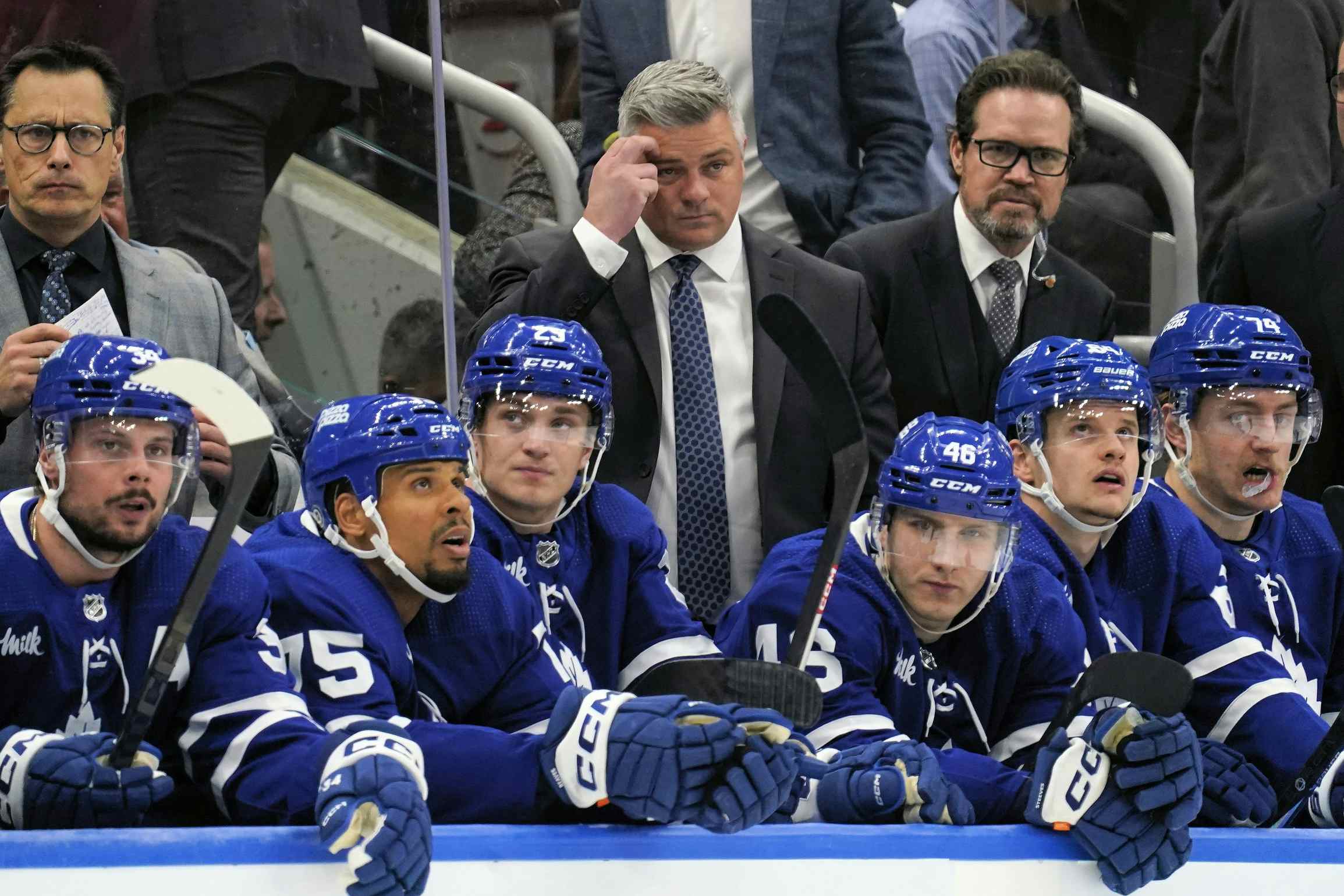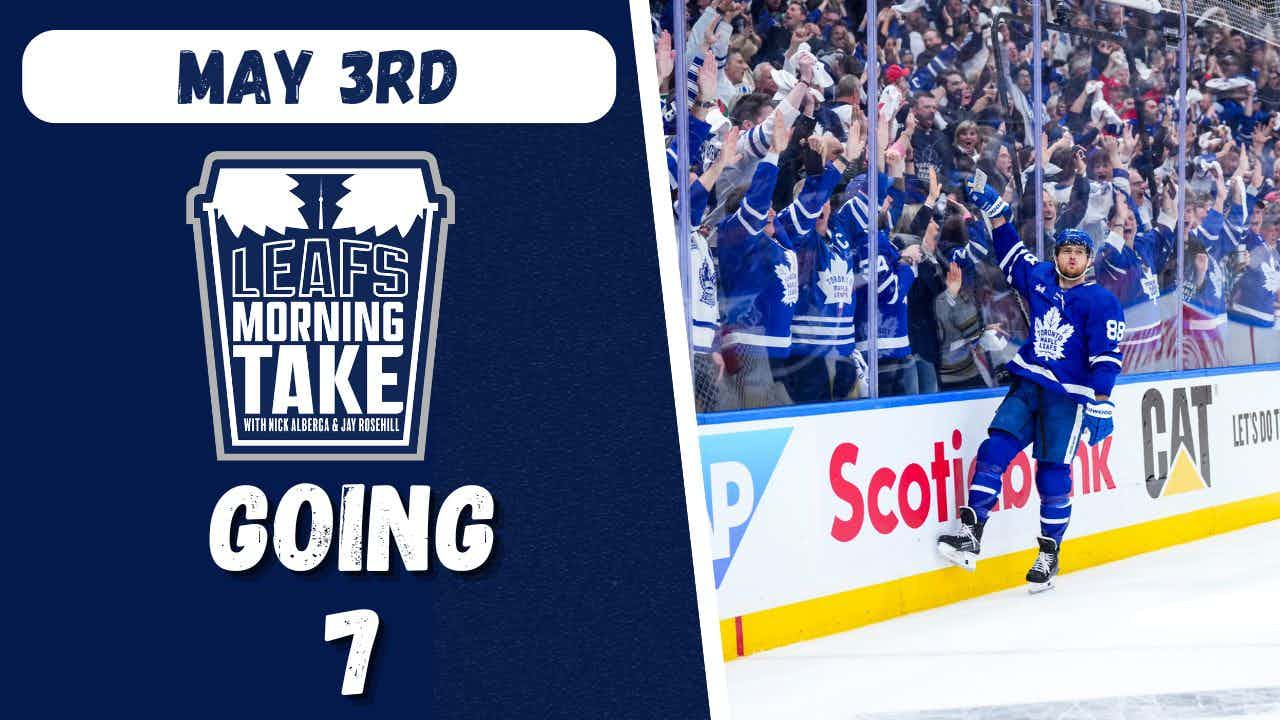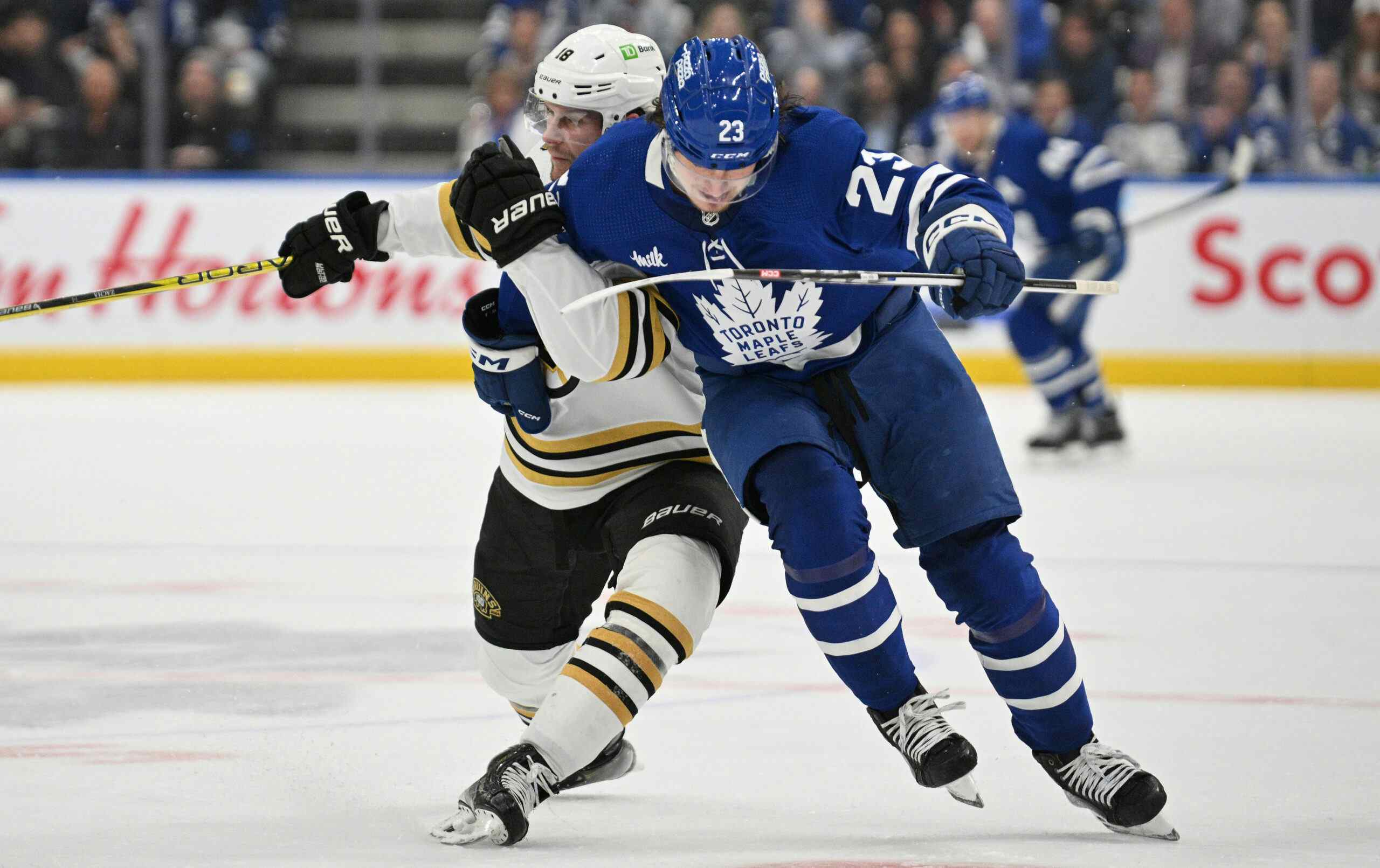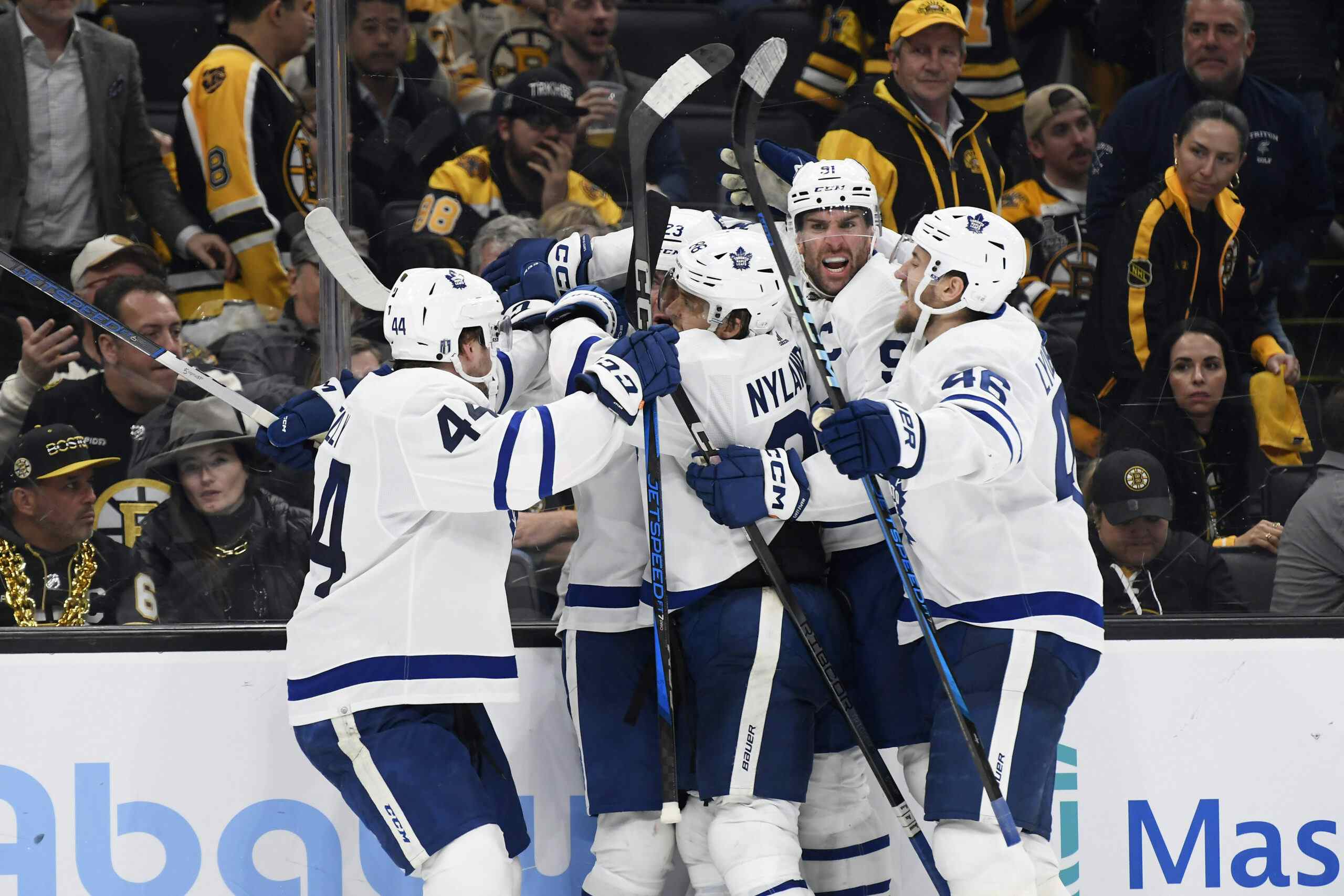Which Leafs Perform the Best Against “Elite” Talent

By Jon Steitzer
6 years agoWith the season just around the corner it’s getting close to the point where we can completely forget about last season and stop looking back to what happened. That being said, it’s getting dangerously close to the point where bloggers can stop relying on making cases for or against players based off of last season’s results.
I wanted to make sure I got in under the deadline so I could take a look at one of my favourite topics: Quality of competition.
Quality of competition, or QualComp to millennials, is one of my favourite topics because it levels the playing field on how we measure players and adds some important context to analytics discussion. And while the idea of looking at players through a similar lense sounds appealing, assessing the quality of competition or quality of teammates seems to be a completely separate challenge and one that I’m not particularly wanting to get into.
Here are the slides from a talk that @OilersNerdAlert gave last winter discussing his approach to QualComp. I think fills in a lot of the blanks and why I chose specifically to look at the approach PuckIQ.com uses when it comes to looking at competition.
In case you didn’t click on the slides, basically it’s looking at how players faired against Elite (top line, top pairing), Middle (middle lines, middle pairing), and Gritensity (bottom line, bottom pairing) talent.
Elite – 60 players. Total Time on Ice = 9,941,808 seconds (~18% of total forward TOI in the NHL)Middle – 383 forwards. Total Time on Ice = 35,581,421 seconds (~64% of total forward TOI in the NHL)Gritensity – 231 forwards. Total Time on Ice = 9,709,954 seconds (~18% of total forward TOI in the NHL)This is a really cool result because we started this whole process by saying “Why don’t we separate out everyone to the right of 1 Standard Deviation (SD) and everyone to the left of 1SD and make 3 columns of players then run everyone’s numbers against those 3 groups.It looks like we actually got there as 16.7% represents ~1SD for a normal distribution and we ended up with 18% of the TOI at the top and 18% of the TOI at the bottom for our quasi-normal distribution of TOI.
Further to that, there’s some explanation about how elite forwards are identified…
- Points/60 > 2.21 (all game states)
- Time on ice per game > 75th percentile
- Relative Corsi > 40th percentile
- Relative Dangerous Fenwick > 40th percentile
The full summary of how this QoC approach came to be and how it works can be found here. While I get that anytime you become selective or make assumptions with data it’s easy to cast stones at methodology (especially when binning is involved_, but since I very specifically want to look at how the Leafs do against elite competition, this serves my interests. The Top Gun approach of seeing how you stack up against the best of the best works in the navy, so why can’t it work in hockey?
Anyway, let’s take a look…

Time on Ice
Basically this is giving us an indication of who Mike Babcock thinks will do the best against elite competition and nothing more. To make this a bit more relevant to the 2017-18 Leafs, I’ve added in Marleau, Hainsey, and Moore to the tables.
First thing of note is that there was a pretty clear preference to have Rielly and Zaitsev on the ice against the most elite players. Kadri, Komarov, and Brown definitely being the preferred forward group as well. I’d consider myself a naysayer when it comes to Komarov, but this immediately makes me think there is a better chance than not that he’ll be re-signed next season, even if I don’t fully agree with that. At the bottom we see analytics darling Martin Marincin, I’m sure we’ll discuss him later in this post.
A player I may have to eat some crow on is Nikita Zaitsev. I don’t consider myself a fan of his, but he had the 4th highest amount of time on ice against elite competition last season, as an NHL rookie. That’s damned impressive. The players ahead of him? Ryan Suter, Justin Braun, and Duncan Keith.
% of TOI against Elite Competition
Again this is more of a Babcock usage stat, but goes into the mindset of sheltering a bit more. For example, Martin Marincin only played 130.3 minutes against elite players but it made up 35% of his total time on the ice. The story is much different for Roman Polak, Matt Hunwick, and Connor Carrick, who were all at either 23-24%. This is very low for defensemen, and with Hunwick gone, and Polak hopefully gone, that should be making room for more trustworthy defenders. Carrick’s story is more interesting, and will make sense to discuss a bit later, but as for Ron Hainsey, he seems like he’ll give Babcock some comfort food to join the Rielly, Gardiner, and Zaitsev group he was leaning on, though you could make a case for some mild sheltering of Gardiner as well.
As for the forward group, it’s pretty clear that Komarov and Kadri are the shutdown guys in Babcock’s mind, and some sheltering occurred when it came to the Bozak, Marner, and van Riemsdyk line.
Corsi For %
Interesting fact: Of all the players in the NHL, only seven of them had a 50% or greater CF% against elite competition and two of them are Leafs (Rielly and Zaitsev). The five players ahead of them are Drew Doughty, Mark Giordano, Mattias Ekholm, Zdeno Chara, and Brandon Carlo.

When the table is re-sorted by CF% we can again celebrate the casting off of Roman Polak and Matt Hunwick, but there might be a bit more of worry about who the Leafs brought in. I don’t think there was any real risk that Dominic Moore was going to be seeing a lot of time against Sidney Crosby, but with the talk of Hainsey seeing time with Rielly, and Marleau potentially joining a line with either Matthews or Kadri, their recent history is less than exciting.
Kadri and Komarov are likely more than capable of elevating Marleau if that’s how things play out, but that makes me curious if there will be a drop off for Connor Brown where he he is used this season. Likely he’d be in a more sheltered role, so I’m not prepared to sweat that yet.
Up top we see stats darling Martin Marincin, who once again makes a case for an expanded role or at least getting into the lineup. While he’s had an unfortunate start to training camp and is one of the most painful eye test players, there is something to the fact that he has these numbers every year. That seems like it should at least staple him to bottom pairing, right?
Gardiner, Nylander, and Carrick are also strong performers who didn’t necessarily see their usage align with their outputs. Gardiner and Nylander both can handle top line usage and face top competition without worry, that shouldn’t be news at this point. Carrick is different. At 24% ice time against elite competition the Leafs were actively getting him off the ice, despite strong numbers. It looks like he’ll be the third pairing guy at the start of the season, but it may just be a matter of giving him time to pass Ron Hainsey. Long and short of it, I feel strangely optimistic about the Leafs blueline this year.
Dangerous Fenwick For %
Including this stat really is about hammering home my love of Connor Carrick. At 54.4 DFF%, Carrick led the Leafs last season, with strong numbers also coming from Jake Gardiner (53%), and Marincin (50.7%). The rest of the Leafs blueline was under 50%, which isn’t unforgivable given that this is against the best talent in the league, but should at least make a case for Carrick and Gardiner seeing more shutdown time and giving some consideration to not waiving Martin Marincin.
Komarov and Kadri doing well here is no surprise, but maybe Nylander is. I guess the next stat is the one that makes Nylander’s CF% and DFF% numbers interesting.
Goals For %
Nylander has been on the favourable side of the ice so far, but that changes dramatically when it comes to GF%. In fact, the line of Matthews, Hyman, and Nylander are the three worst forwards on the Leafs when it comes to GF%. Goals For has never been a stat I’ve put a lot of stock into since it’s a marginally improved +/-, but it doesn’t change the fact that you’d probably expect a greater alignment to the players with increase TOI against elite players at the bottom. Rielly being there isn’t a surprise, the fact that Kadri and Komarov aren’t is probably a sign that they excel at what they do.
What I’m taking away from all of this…
Line matching seems to be alive and well in Toronto, and Mike Babcock has his preferred guys. It seems a more balanced approach will be taken with the defense this year, but Komarov and Kadri will still be the heavy lifting forwards and if anything I’m now curious what it would be like to see Nylander join that group for the season and let Marleau have a go on the Matthews line, but by replacing Nylander moving Hyman over to the right side.
I’d certainly say my confidence in Zaitsev is higher now than before writing this, but I am less confident in the acquisitions the Leafs made. Stepping back from what was a numbers exercise and considering what the Leafs added in Marleau and Hainsey, it’s clear that they are cogs meant to support areas of existing success and bring some additional skills to the table rather than being brought in for their supporting numbers. Both players should give the Leafs a couple of solid seasons.
Overall, I choose optimism when looking at how the Leafs did against the elite. This wasn’t the horrific train wreck I was expecting to find. It was a tale of a young team that is still going to improve already performing well against top competition. I think I took a primarily look at this from defending standpoint, as I expected to be weathering the storm against better competition, but now that the Leafs are often the better team, maybe I should have held offensive players to higher standards on this.
Recent articles from Jon Steitzer





